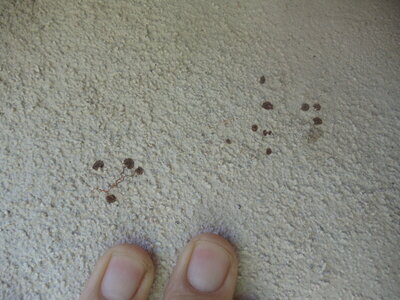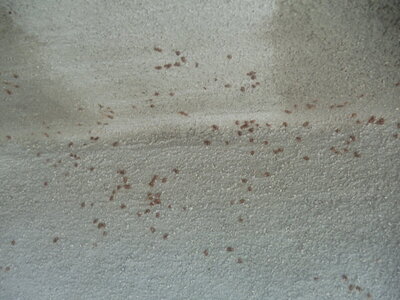Dibbons
Well-Known Member
- Local time
- 7:24 AM
- Joined
- Nov 29, 2014
- Messages
- 4,781
- Reaction score
- 5,568
- Location
- La Paz, B.C.S., Mexico
I need to paint a bare concrete wall. However, a neighbors vine type plant shot over the top of the fence and planted its "roots" solidly on the crater-like imperfections of the concrete surface. A wire brush knocked off the root hairs, but there remains these tiny footprint like things that won't let go. I hope I don't have to resort to burning them down, but might have to. I'm going to try softening them up first with a soap and water mix.
I don't know what the guy is doing in the video. Is that a fire under there?
I don't know what the guy is doing in the video. Is that a fire under there?



















